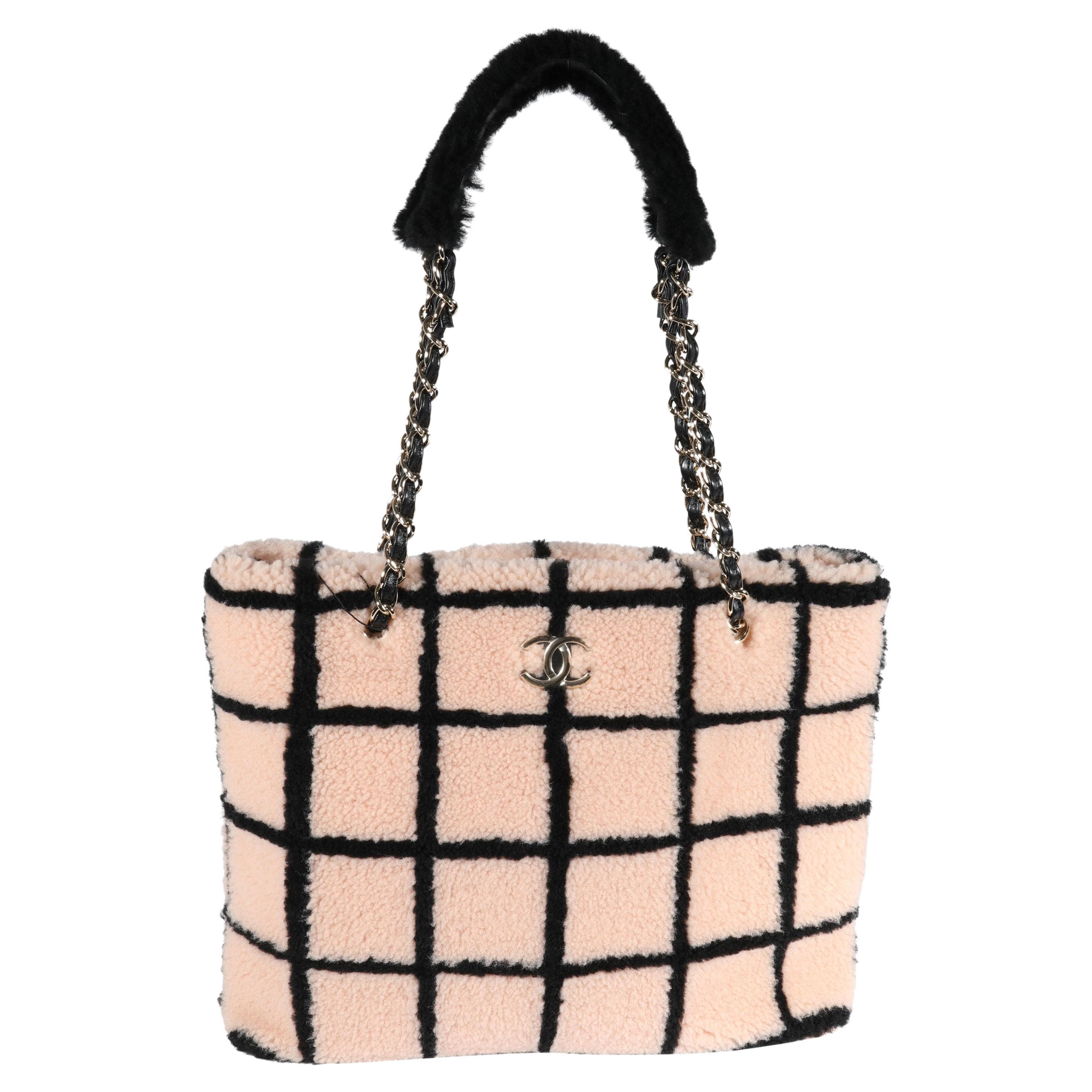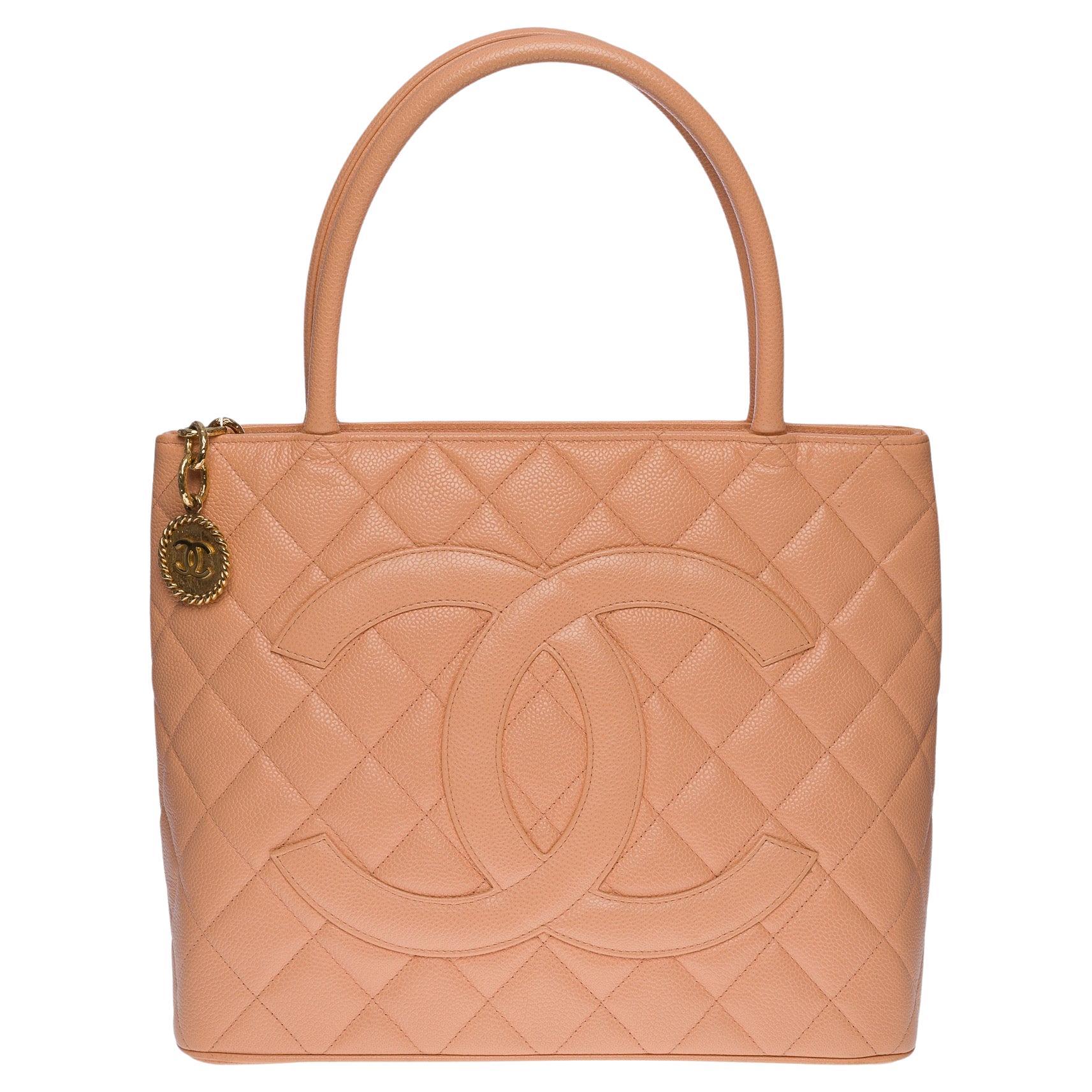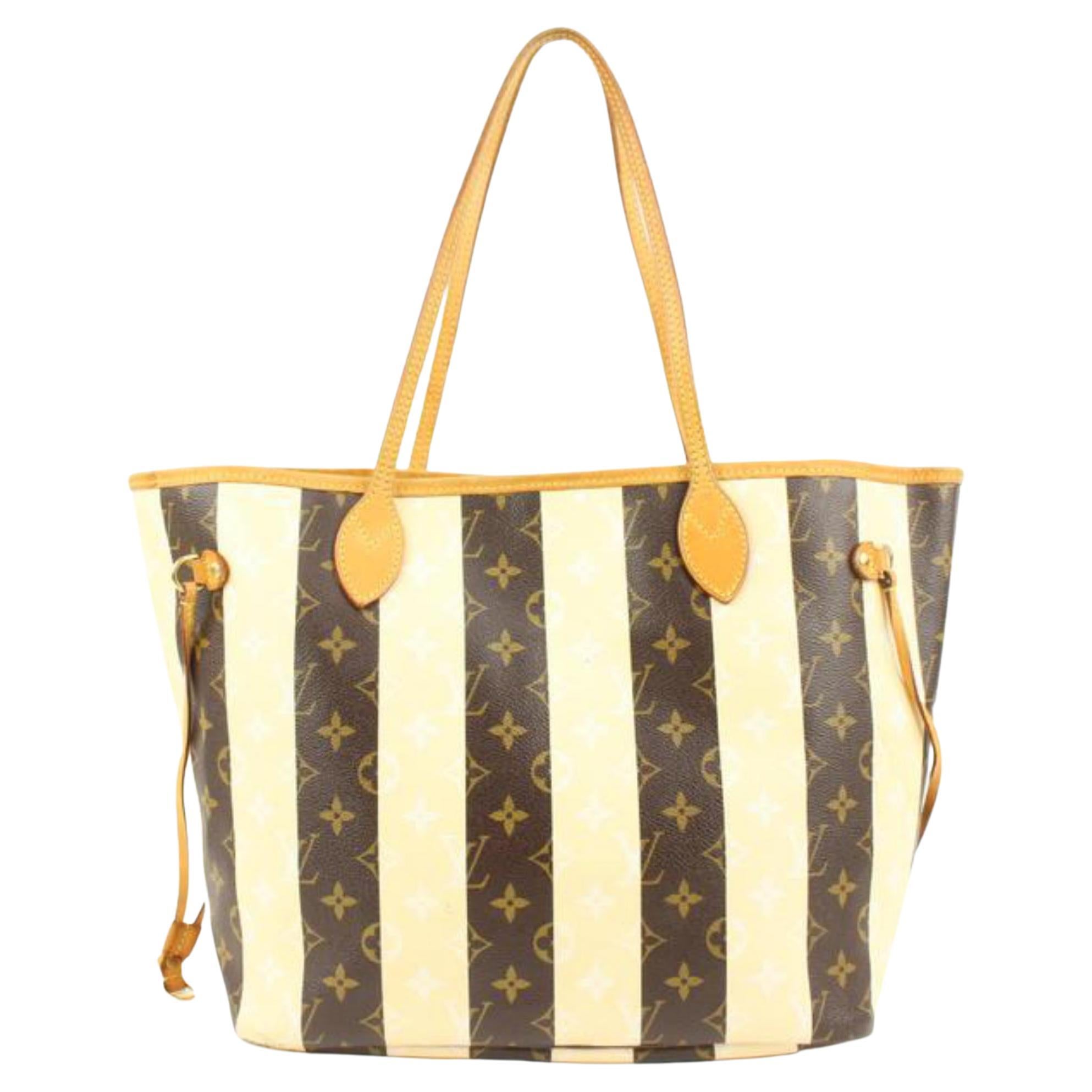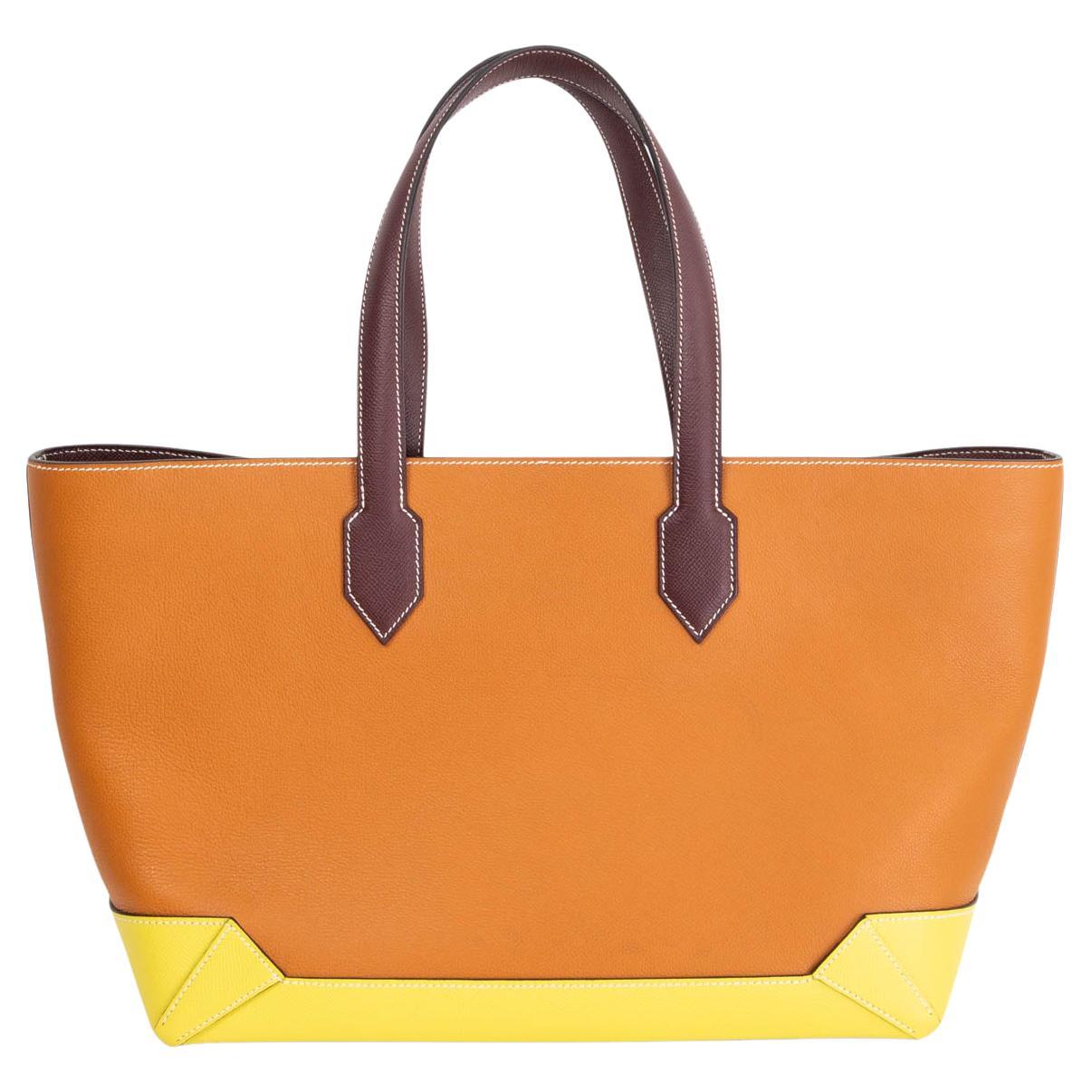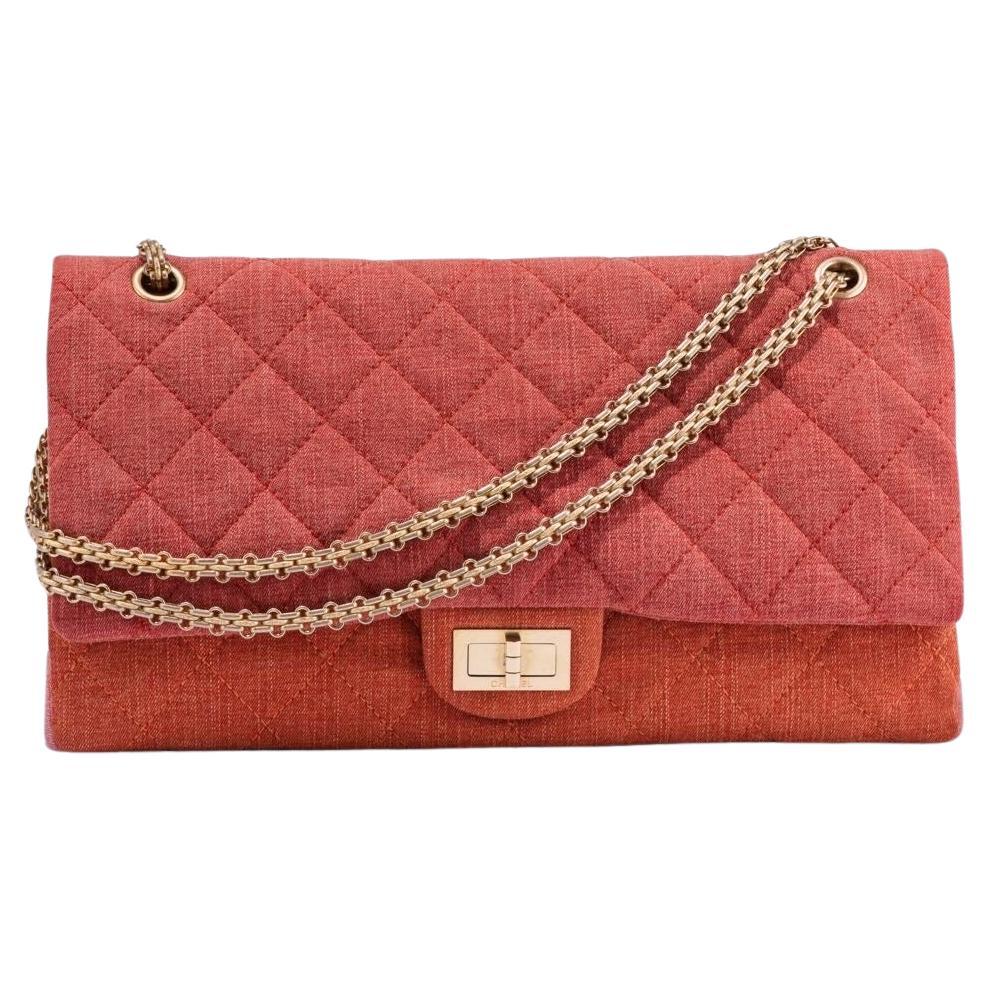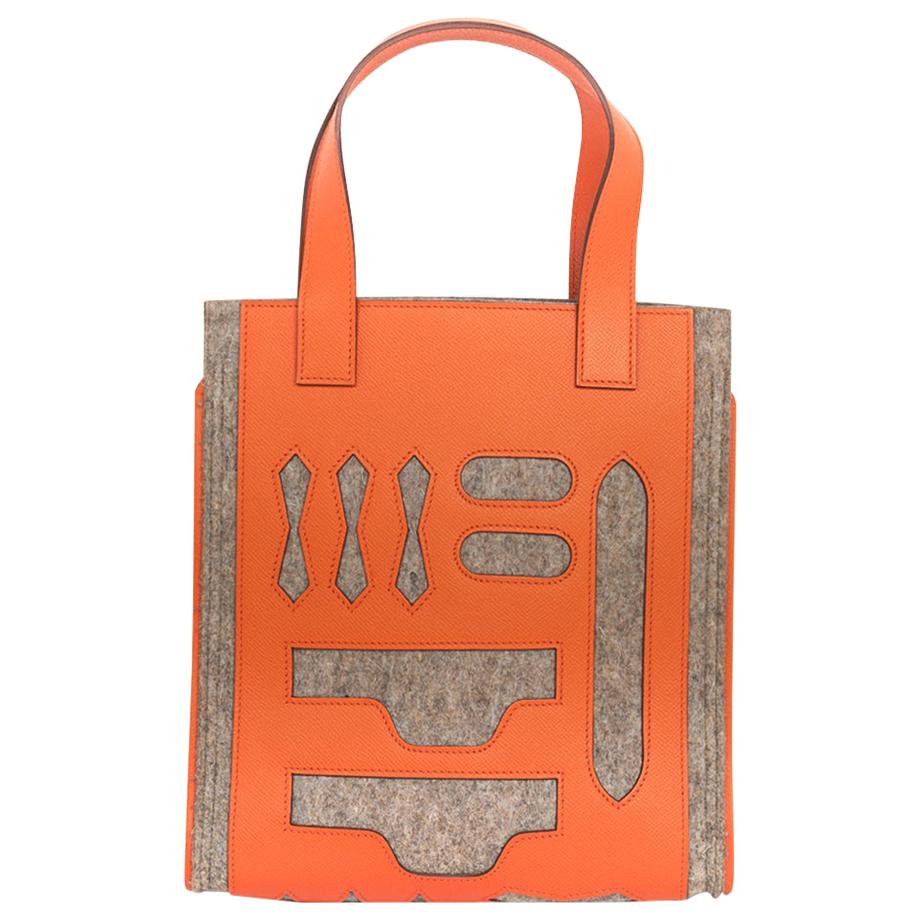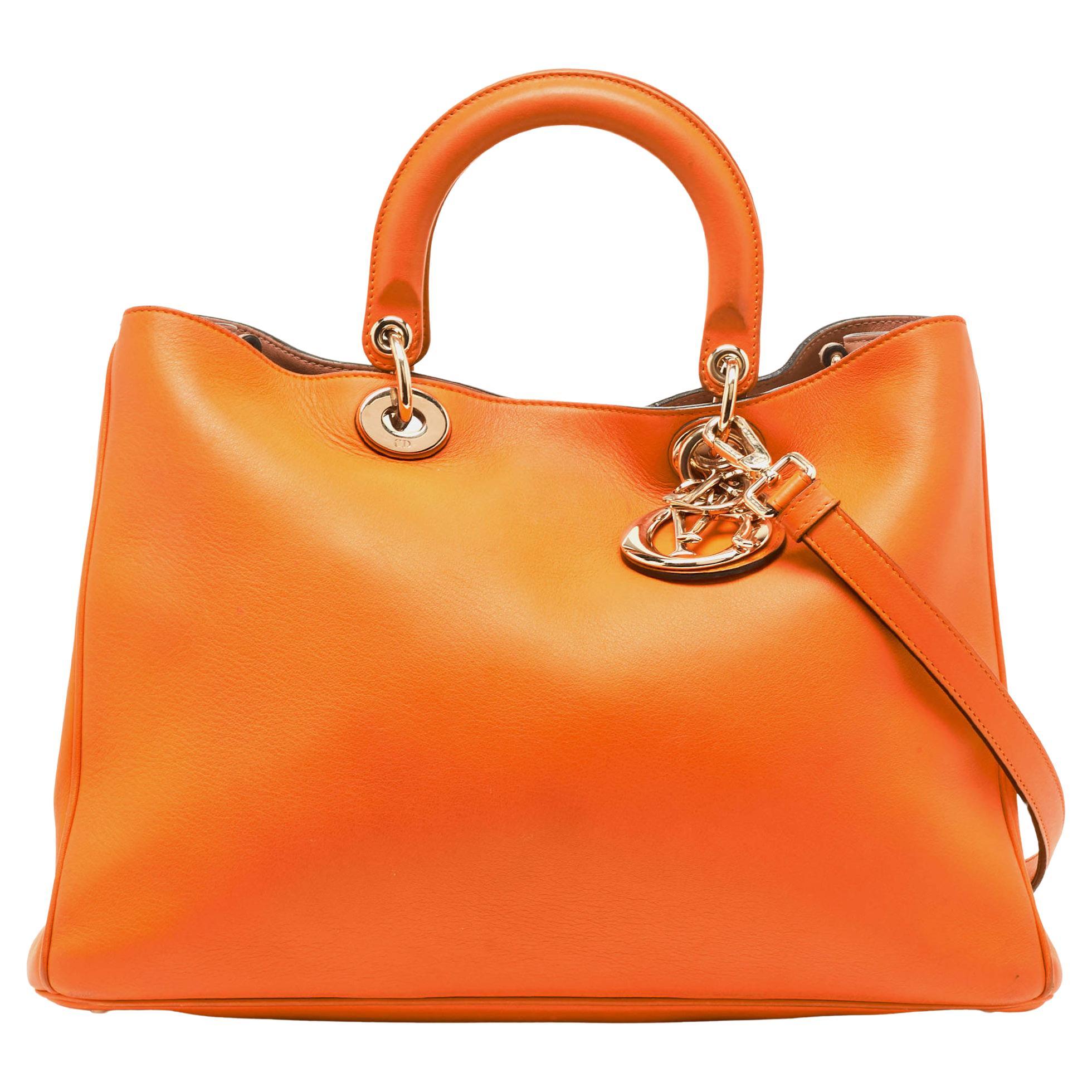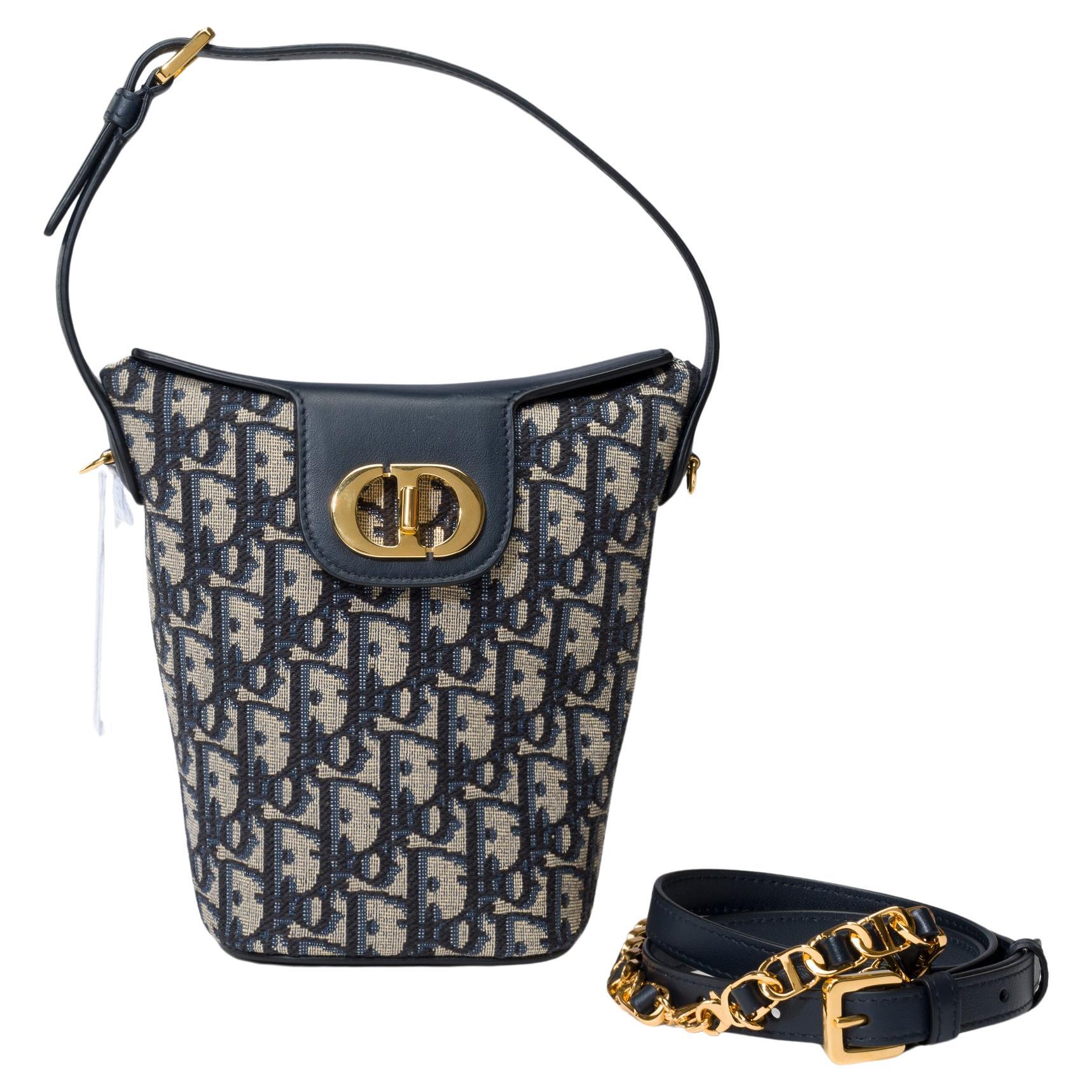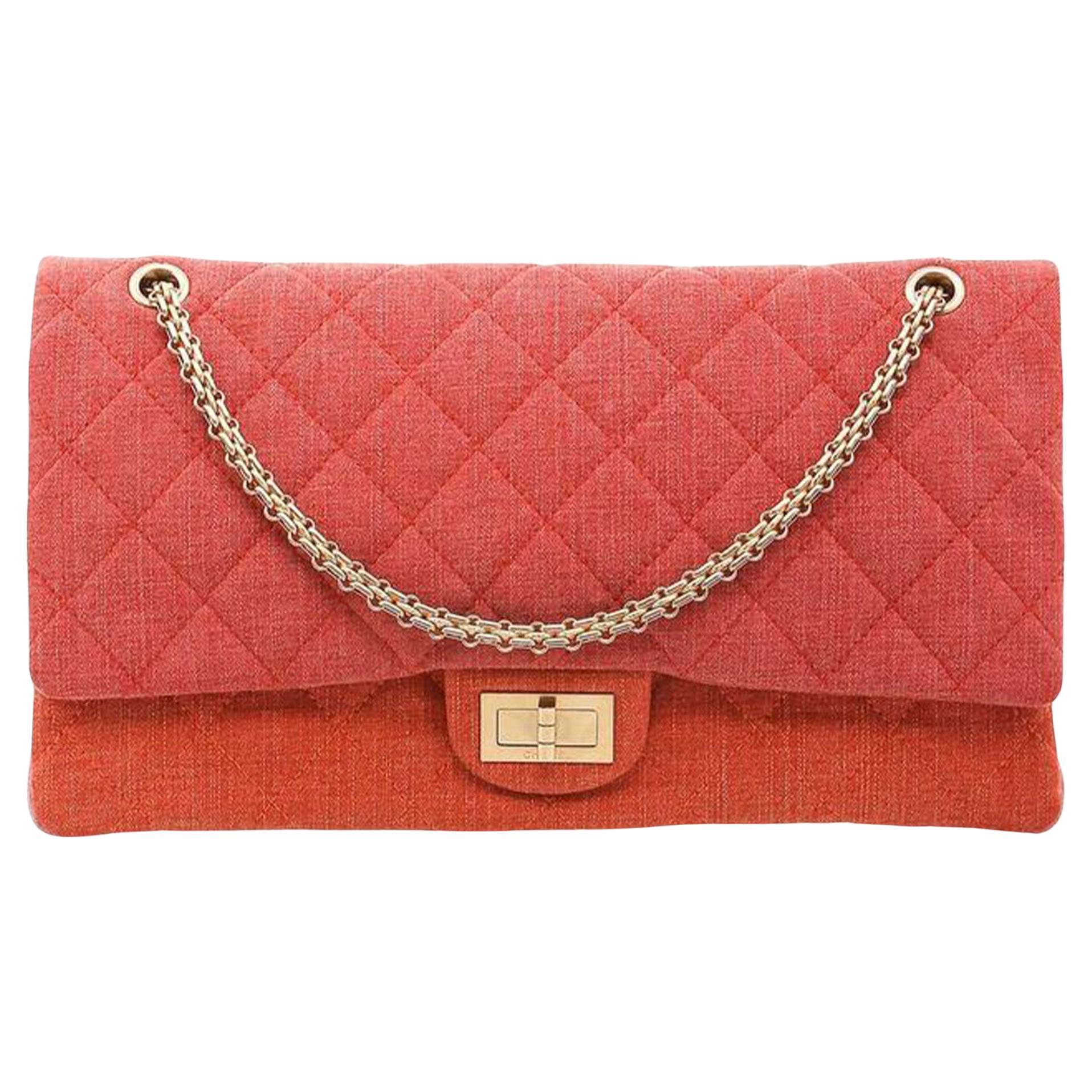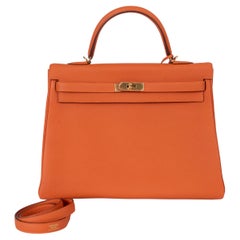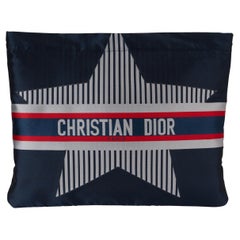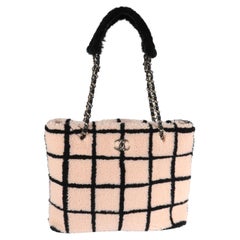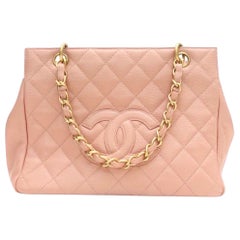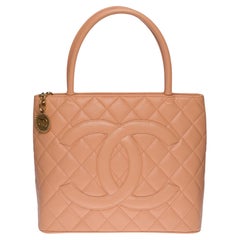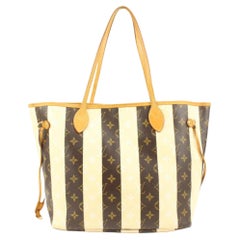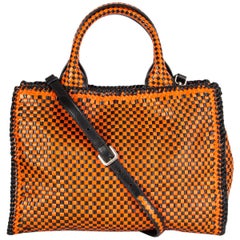
PRADA orange & black woven leather MADRAS Tote Shoulder Bag
View Similar Items
PRADA orange & black woven leather MADRAS Tote Shoulder Bag
About the Item
- Designer:
- Brand:
- Place of Origin:
- Period:
- Condition:Wear consistent with age and use.
- Seller Location:Zürich, CH
- Reference Number:Seller: 596641stDibs: LU138029141762
Celine
Now renowned for chic womenswear as well as luxury leather handbags that are often recognized for their iconic gold-tone fastening and hardware, French fashion house Celine got its start in children’s shoes.
In 1945, Céline Vipiana and her husband, Richard, opened a made-to-measure shoe shop for children at 52 rue de Malte in Paris. Designer Céline’s name graced the business, alongside a red elephant designed by French cartoonist Raymond Peynet that served as the company’s first logo.
In 1967, following an expansion into women’s shoes and leather accessories, the Vipianas decided to expand their company’s reach into women’s ready-to-wear, focusing on high-end sportswear. Céline Vipiana, who remained chief designer until her death in 1997, would oversee a range of fashion that would reach an international audience with a pared-down elegance and timeless style.
The company quickly achieved widespread success with its new offerings, most notably its trench coat, which became a staple for the brand. In the 1970s, they expanded outside Paris with boutiques in Monte Carlo, Beverly Hills and Hong Kong. In 1973, Céline Vipiana, inspired by chain links around the Arc de Triomphe, debuted the Blazon Chaîne motif of interlocking C’s. She began using it on a printed canvas and branding as well as accents on accessories, such as the Triomphe bag.
Vipiana’s designs were created to appeal as everyday fashion: Celine skirts, suits, fitted shirts, vests and coats were stylish but rooted in practicality. Quality, too, was paramount; Vipiana’s determination to deliver the best possible leather led to the opening of a studio in Florence, where the brand created its leather goods.
Vipiana died a year after her brand was acquired by Bernard Arnault’s luxury conglomerate LVMH for about $540 million. American designer Michael Kors then took the helm as creative director. Kors, too, was known for practical but chic ready-to-wear. He introduced such luxury staples as cashmere sets, smartly tailored pants and simple slip dresses, plus themed collections around jet-setter locales like Monte Carlo and Tahiti. Following Kors’s departure in 2004, onetime Burberry designer Roberto Menichetti took the job for just a year. He was followed by designer Phoebe Philo, the young British designer who is now credited with establishing Celine’s 21st-century style.
Philo created a distinct, minimal style that channeled the brand’s roots of practical simplicity with luxury materials. (“I just thought I’d clean it up,” she quipped of her debut collection in 2010.) Over the course of ten years, Philo turned the company into a beloved fixture of the fashion industry. In 2018, after Philo’s departure, the house tapped Hedi Slimane, former creative director of Yves Saint Laurent, as its new leader; he caused a stir when he famously removed the accent from the brand name. Controversial though it was, Slimane maintained it was a return to the label’s roots: an exercise in strong simplicity.
Find vintage Celine day dresses, handbags and other items on 1stDibs.
Prada
The House of Savoy coat of arms and knotted rope on Prada’s seal herald that the iconic Italian luxury fashion house was named Official Supplier to the Italian Royal Household in 1919. Started in 1913 by Mario Prada, the brand’s original shop in Milan’s Galleria Vittorio Emanuele II still has the mahogany shelves that displayed its early wares such as travel items and handbags. Today, these fine leather goods are joined by the clothing, wallets and other various accessories that keep the brand on the cutting edge of fashion.
When Mario Prada’s granddaughter, Miuccia Prada (b. 1949), inherited the business from her mother in the late 1970s, Prada was recognized for its quality craftsmanship, yet it was still a modest-sized company. Miuccia, an enthusiast of unconventional Italian filmmakers who’d earned a Ph.D. in political science, introduced the concept of using pocone — a military-grade water-resistant nylon that feels like silk.
Nylon revolutionized the fashion house’s business, with the first Prada nylon backpack released to universal acclaim in 1984. Soon the durable, water-resistant material was incorporated into Prada’s ready-to-wear collections for both men and women. No one had previously considered nylon a part of luxury fashion, and it wasn’t long before the family-owned company best known for its luggage was leading modern style that emphasized function as much as form.
Characterized by clean lines and a refined elegance that signaled the new direction of the legacy brand, Miuccia Prada debuted her first ready-to-wear collection for women in Fall/Winter 1988. More inventive fashion would follow in the ensuing years, such as the 1993 launch of the more affordable, more playful Miu Miu line, which was aimed at a younger audience, and the introduction of Prada Sport in 1997 — a collection now widely seen as prescient for its embrace of athleisure.
Prada has regularly gone against the grain to elevate styles that have long been out of fashion. In 1996, there were dresses and skirts in clashing patterns and muted earth tones that seemed flat and outdated, all worn with chunky high wedge sandals. Fanny packs followed three years later, and elaborate lace in 2008. Each season continues to bring new eye-catching innovations for the historic brand, including enhanced attention to sustainability with Prada Re-Nylon, a new line of bags created from recycled ocean plastic.
Today, find a wide variety of vintage Prada evening dresses, bags and other items on 1stDibs.
